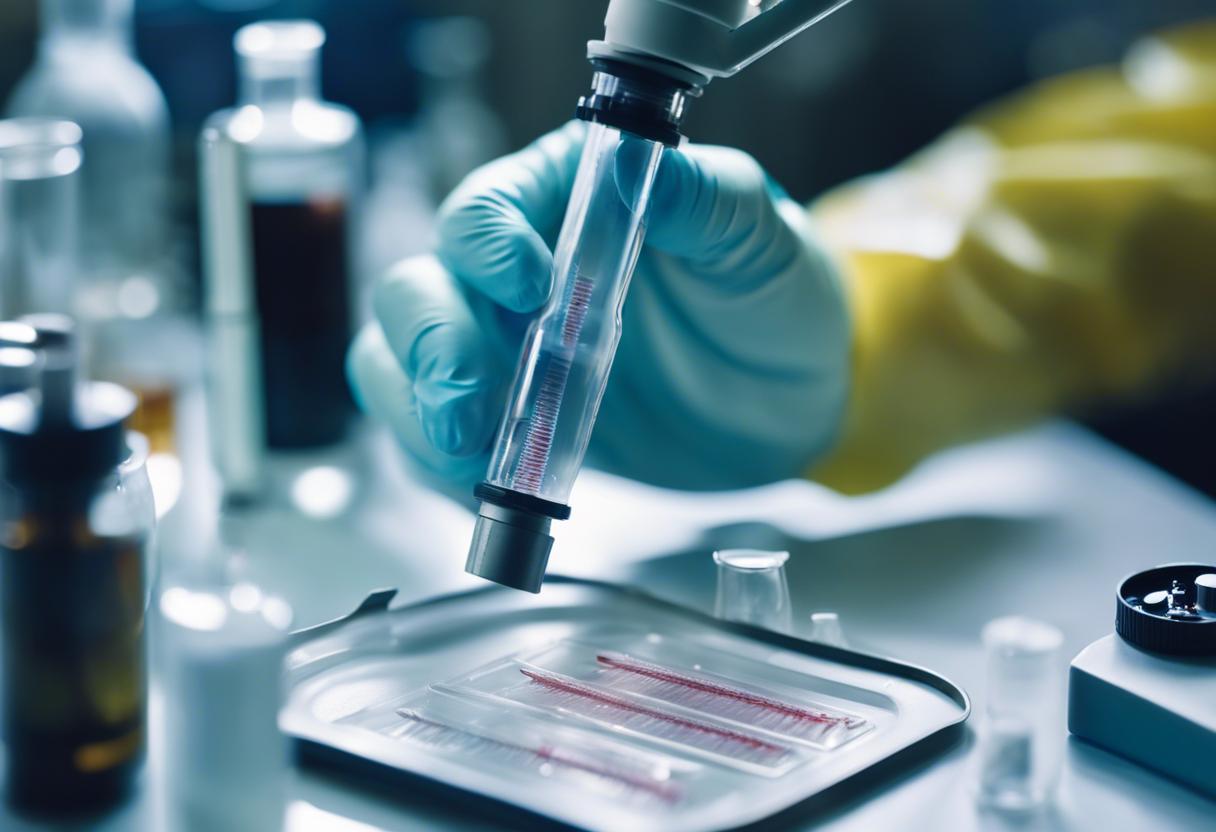A total of five infant bodies from a maternity home managed by the Salvation Army in Belfast were used by Queen’s University Belfast for research studies. The university officials stated to a Stormont committee on Wednesday that their only source of body donations for research from maternity homes was Thorndale House, which they received between 1927 and 1962. Prof Alan Smyth, the dean of the school of medicine, dentistry and biomedical sciences, clarified that out of the infant bodies, three were buried; however, for the remaining two, no records were maintained.
Furthermore, Prof Smyth revealed that the university received as many as 451 donated adult bodies from the Belfast Union Workhouse between 1927 and 1948. Apparently, under the Anatomy Act of 1832, incorporating the bodies of unclaimed deceased individuals from workhouses and psychiatric clinics into medical research was lawful and quite regular in the UK and Ireland until the mid-1960s.
In 2019, research by the Commission of Investigation into Mother and Baby Homes in the Republic uncovered that more than 950 children who passed away in these homes were given to medical schools at UCD, Trinity, and the Royal College of Surgeons for anatomical dissection and study between 1920 and 1977.
Queen’s University’s appearance follows a prior session in June, where Eunan Duffy of Truth Recovery NI informed the committee that nearly 1,980 body remains of adults, children and babies were used for research at Queen’s. However, in 1,824 of the cases, no information on the disposal of their remains and body parts was available, a claim that the university disputed.
Professor Smyth conveyed to the board that, from 1927 onwards, there has been a total of 2,464 individuals who donated their bodies for anatomical study. Out of these generous donors, 1,155 have been interred, 1,010 underwent cremation, while one body was given back to the kin before a post-mortem examination took place. An additional six bodies are currently being dissected for academic purposes.
Smyth noted that in 292 instances, there are no records of either interment or cremation. The belief is that these remains were reassigned to their respective families for burial processes. However, Professor Smyth admitted that the university cannot say this with complete certainty.
The university can confidently provide comprehensive records for the past four decades. The cases with missing documentation- numbering 292- are from an earlier period. He firmly contradicted the claim that the location of 1,824 bodies was a mystery, but was unable to provide a source for this unsubstantiated statistic.
During the timeframe of 1927-1973, the university was entrusted with the bodies of 49 infants, most barely a year old.
Discussion also transpired regarding prior evidence put forth to the panel that inferred that children from an unrevealed child-care centre were subjected to a drug and vaccine experiment in 1962. Smyth informed the committee that the university believes the trial has been identified. The suggestion is that the trial was reported on by the Lancet in 1962. This was a study focussed on the effects of administering an activated polio vaccine in conjunction with diarrhoea, tetanus, and pertussis vaccines.
The participants in the study were infants ranging from 6 to 19 months; within the report, it is noted that nine out of 44 infants were residents of a children’s home, although it fails to detail which establishment. The conclusion saw all participants maintaining good health and developing sturdy immunity to polio. There is, however, no mention of the ethical concurrence or agreement obtained.
Professor Smyth assured that Queen’s University had complied with the laws enforced during the various periods in its history. He also divulged plans for continued study and suitable memorials for body donors and their relatives. This encompasses erecting tributes and holding an annual ceremony of commemoration.
An interesting, albeit sensitive, item was brought up during the deliberations by Alliance MLA Connie Egan; she had received messages from two individuals in response to the discussion, one of whom was an MLA from the establishment that has a direct connection to the topic.
Both individuals strongly assert that infants from Queen’s were buried in a common grave in Milltown cemetery. Their parents were misled to believe that the final resting place of their children was a different cemetery in Belfast. These parents were neither informed nor asked for their consent which is a source of significant distress for them.
Alistair Finlay, the University secretary, commented that any further details related to this, particularly any indication that the remains originated from or through Queen’s, would be greatly appreciated. He assured that the institution would investigate any queries raised about this issue.

